



English | German

 |
 |
 |
 |
The workshop does not cover the foundational aspects in detail because the theme was "AI for All" and the goal was to teach skills for the efficient use of AI in everyday life and school.
However, those interested in this topic are referred to a separate workshop that can be completed independently:

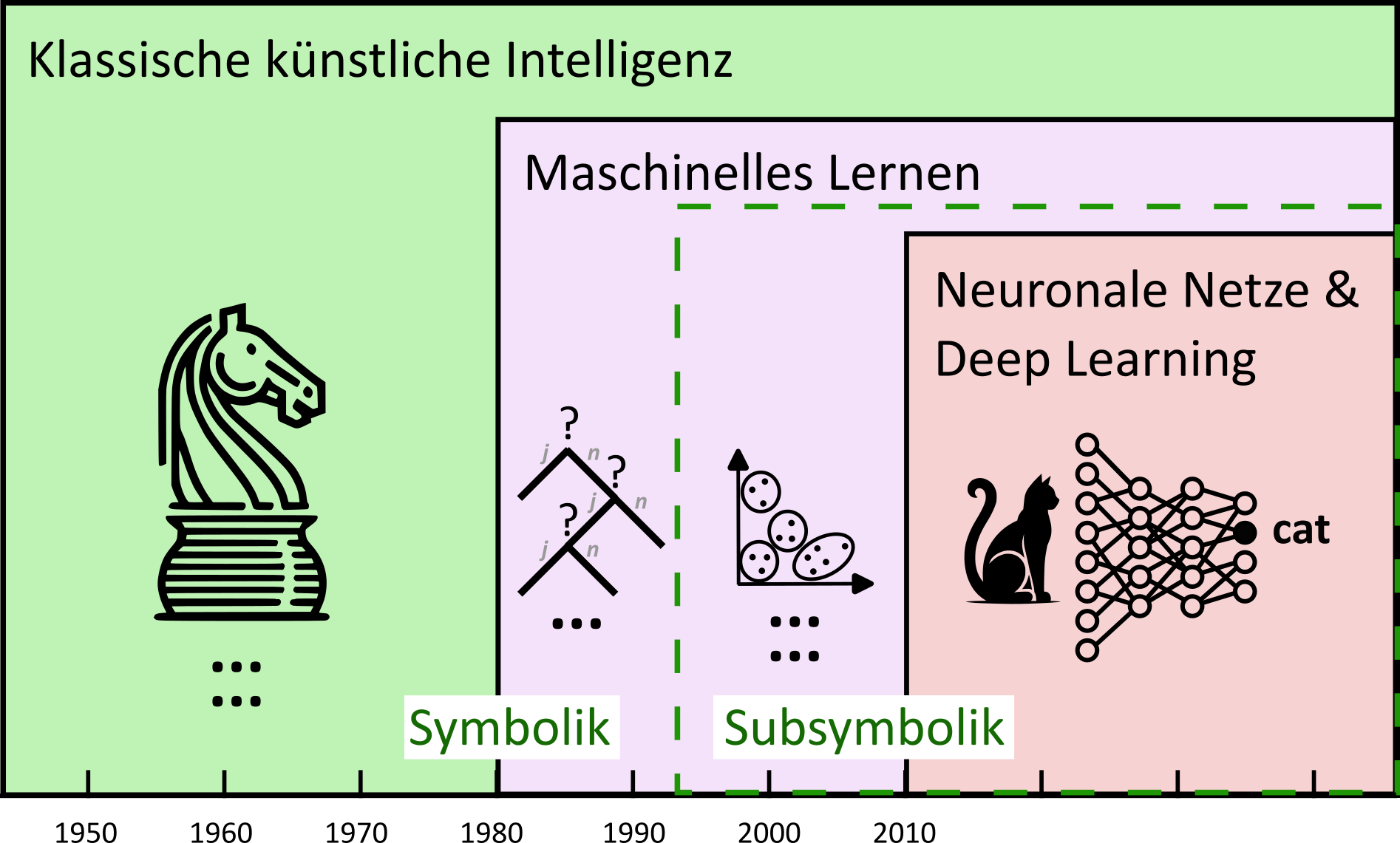
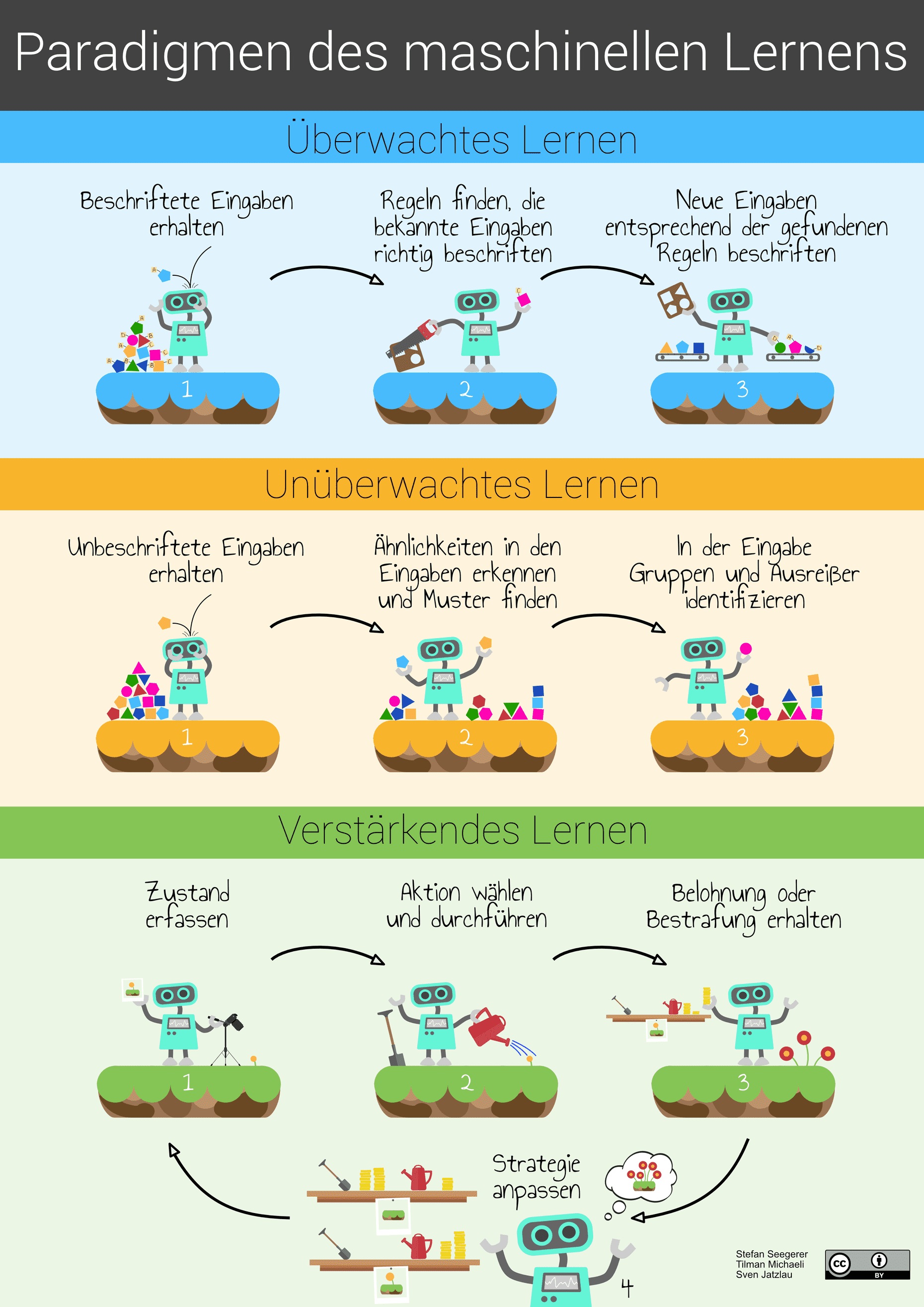
The Teachable Machine serves as a very vivid, practical example of the capabilities of deep learning that the students can carry out themselves:
https://www.coding4you.at/teachable_machine/
Clustering is presented as a practical example of unsupervised learning. Students can enter the distance from their home to school and the number of years since their last move into a list.
This practical example explains how clusters are created. To do this, you repeatedly pairwise connect the nearest points and stop when enough clusters have been created..
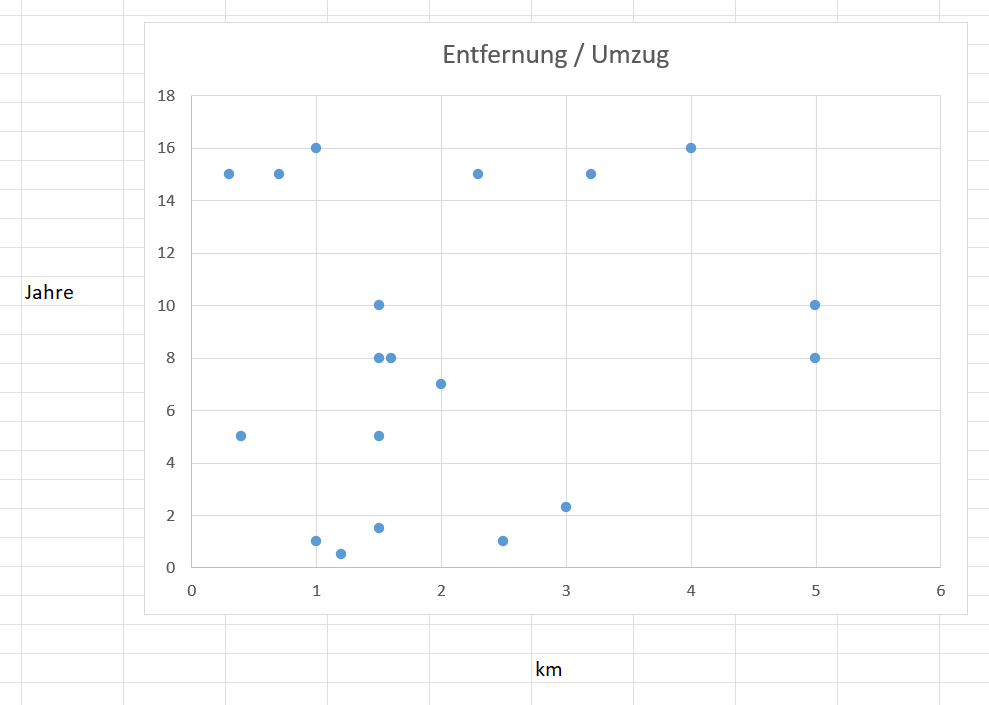
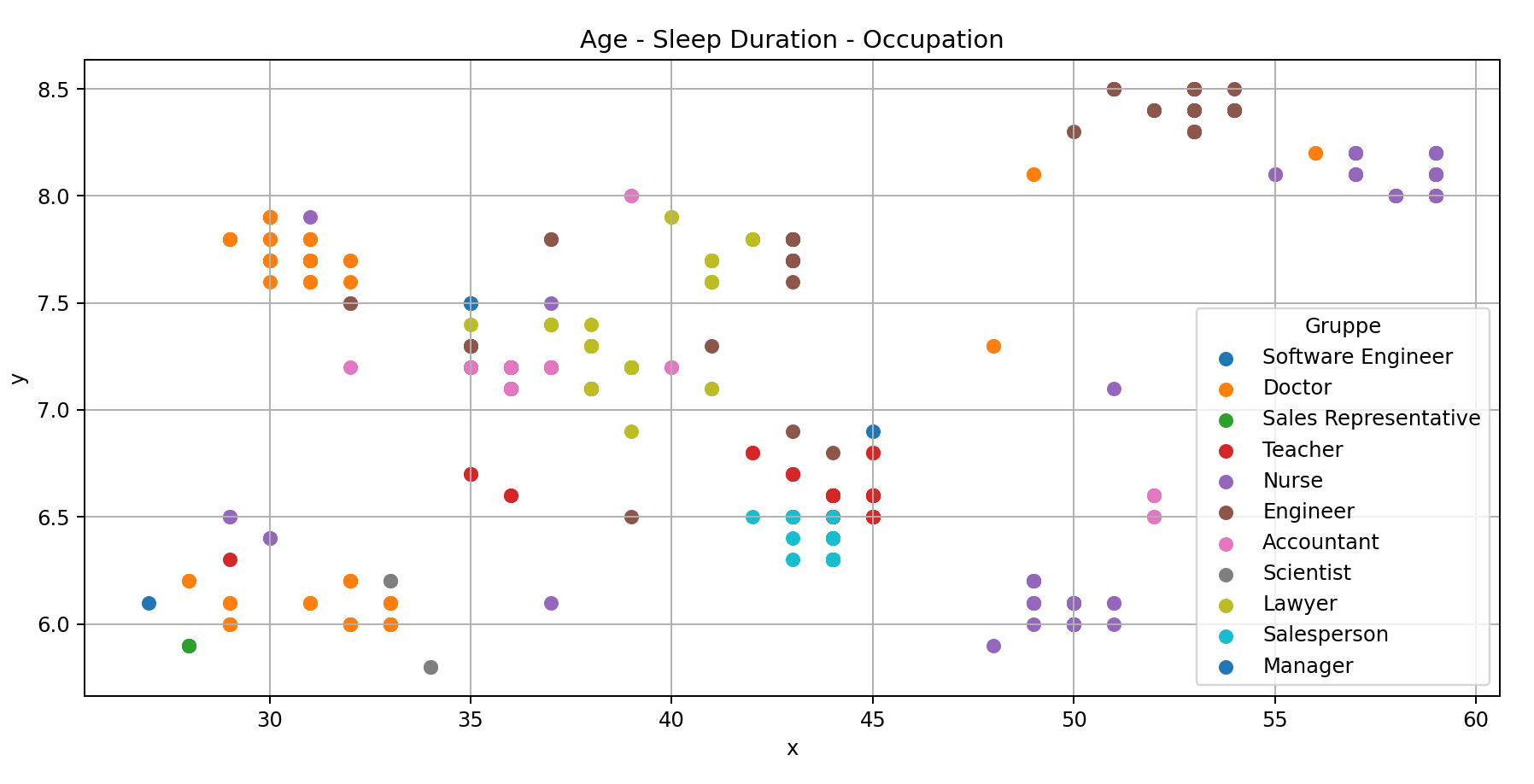
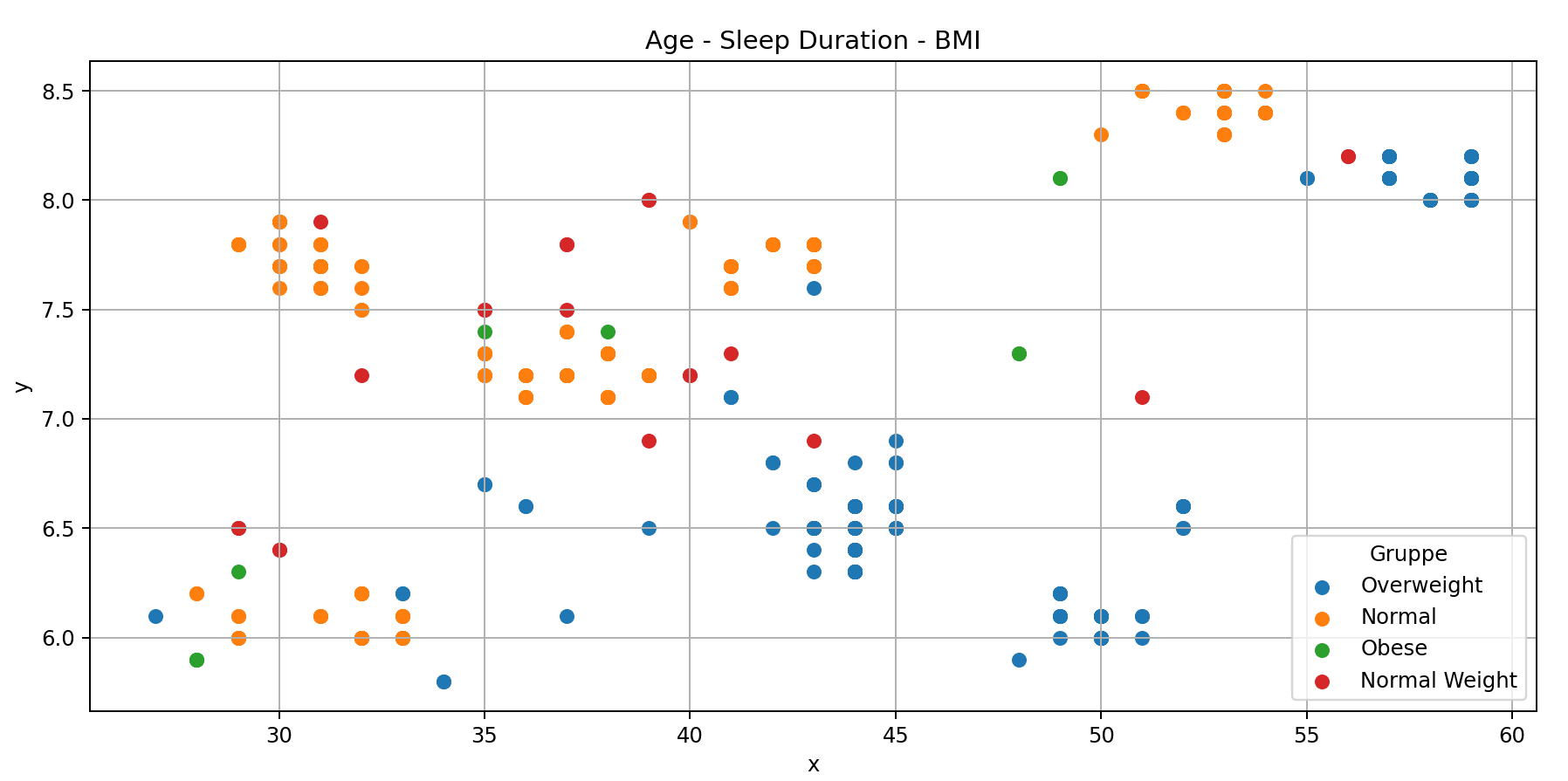
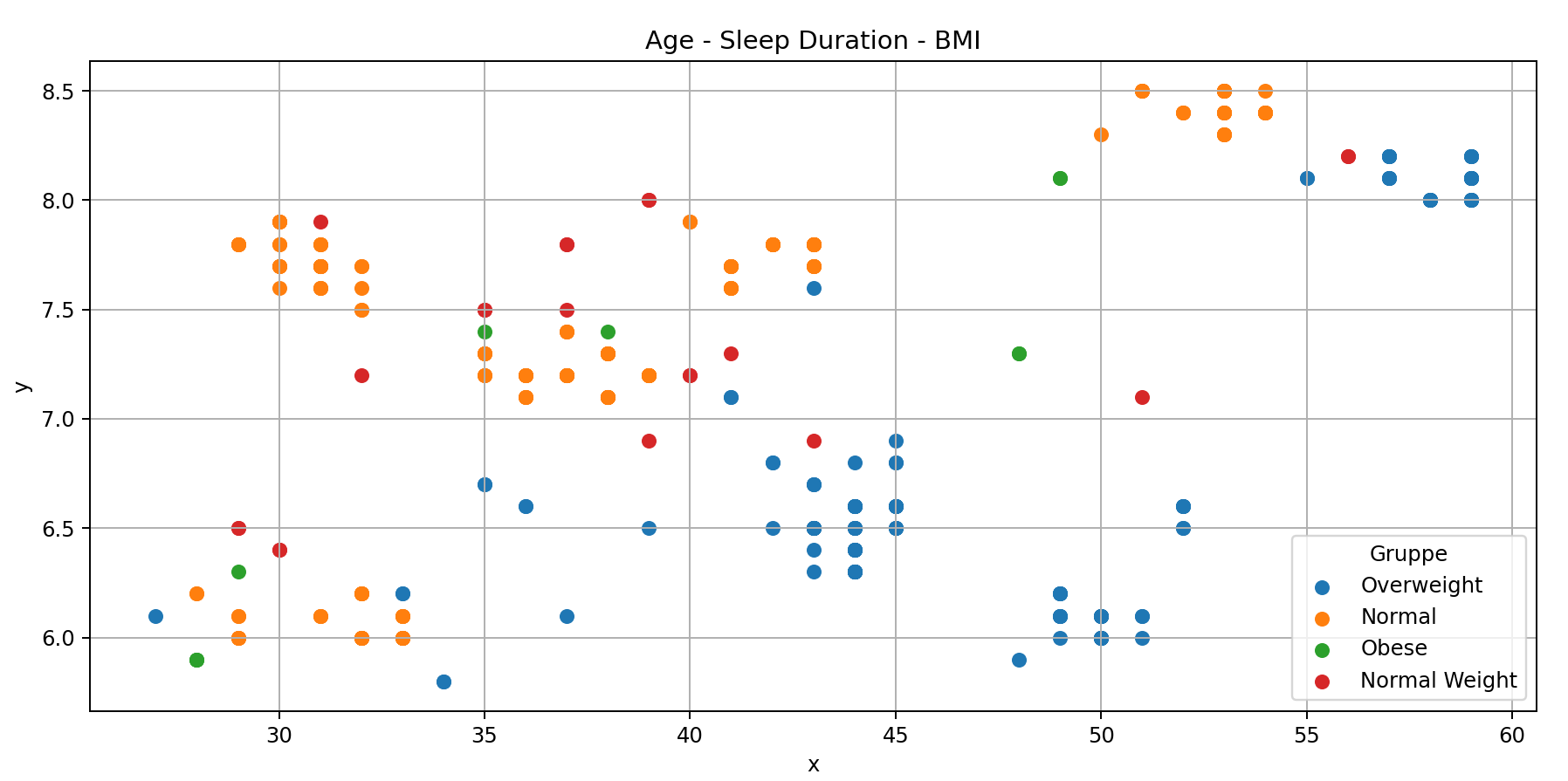
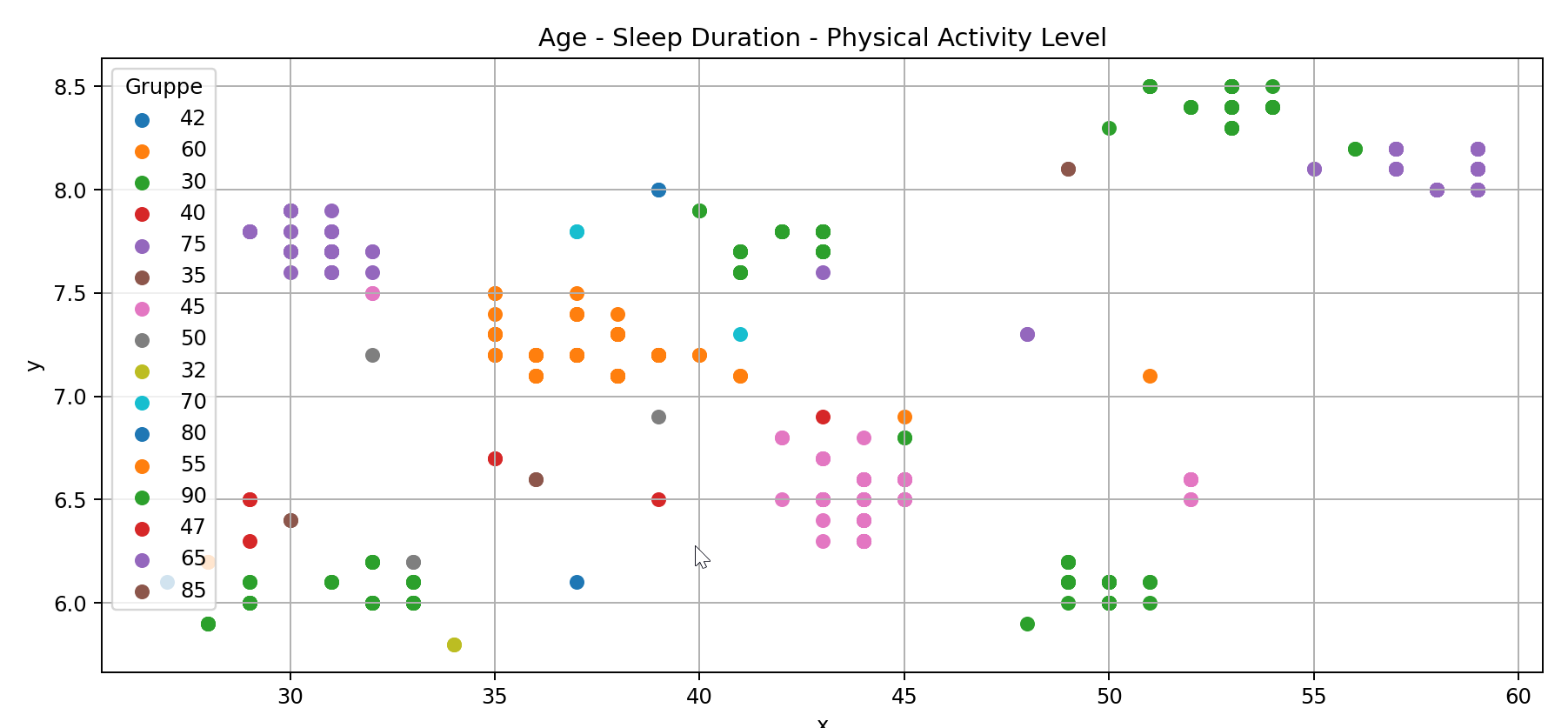
Files used:
clustering_with_data.xlsxText recognition on graphics is tested in practice.
A prompt can be created from an image, and the prompt can then be converted back into an image. The comparison between the result and the original is interesting.
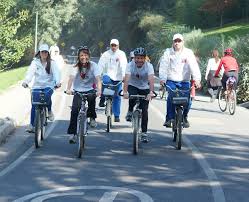

If there is some time left, after a short explanation, students can create a decision tree from input data. This process is usually implemented automatically using a program. Orange Data Mining, for example, can automatically generate decision trees from tables.
Manually carrying out an actual AI procedure gives participants the experience of stepping into the role of artificial intelligence themselves.
The example used is a table that used weather data to determine whether the day is suitable for cycling.
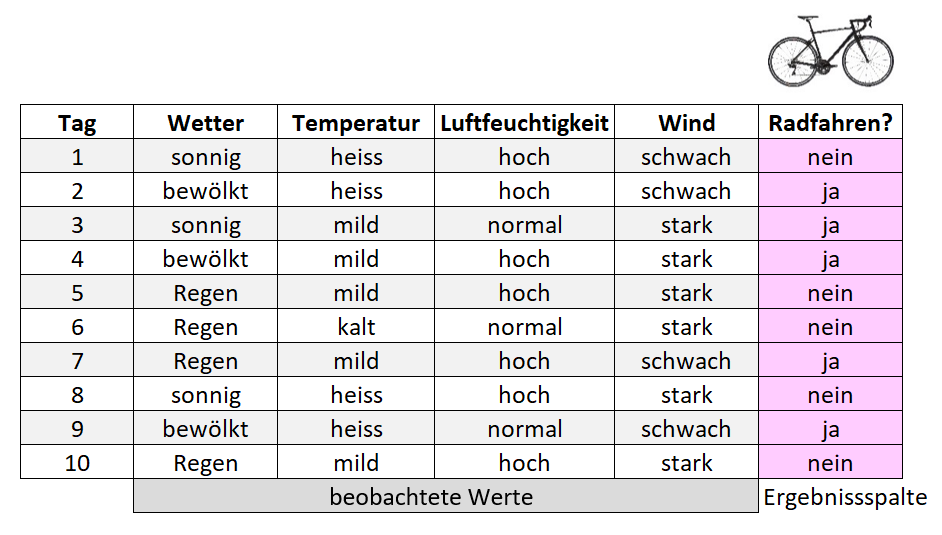
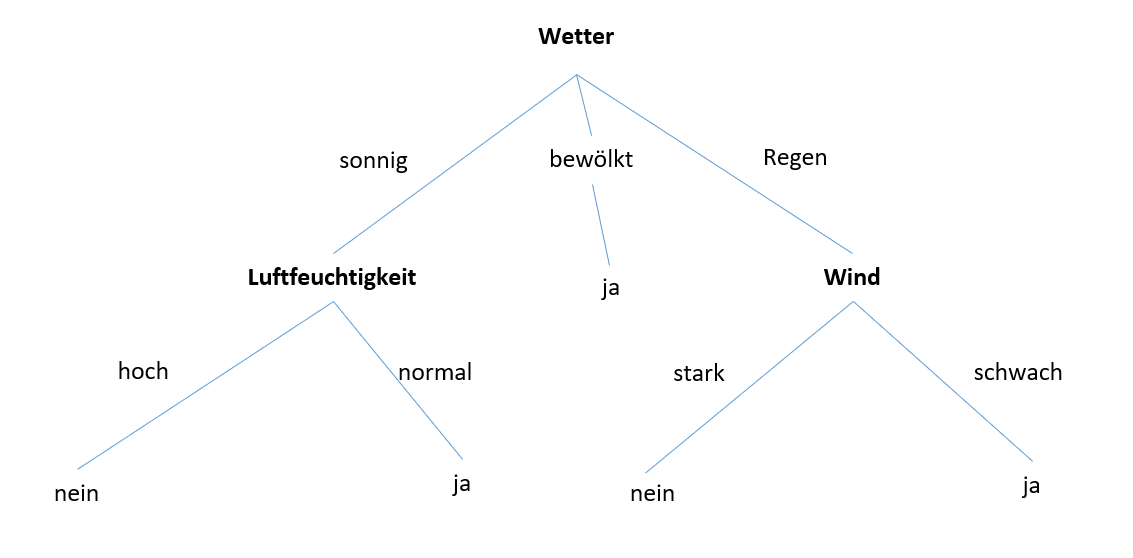
Why can such a system be called intelligent?
The OCG would like to thank you for the opportunity to hold the workshop and looks forward to future collaborations.
English | German